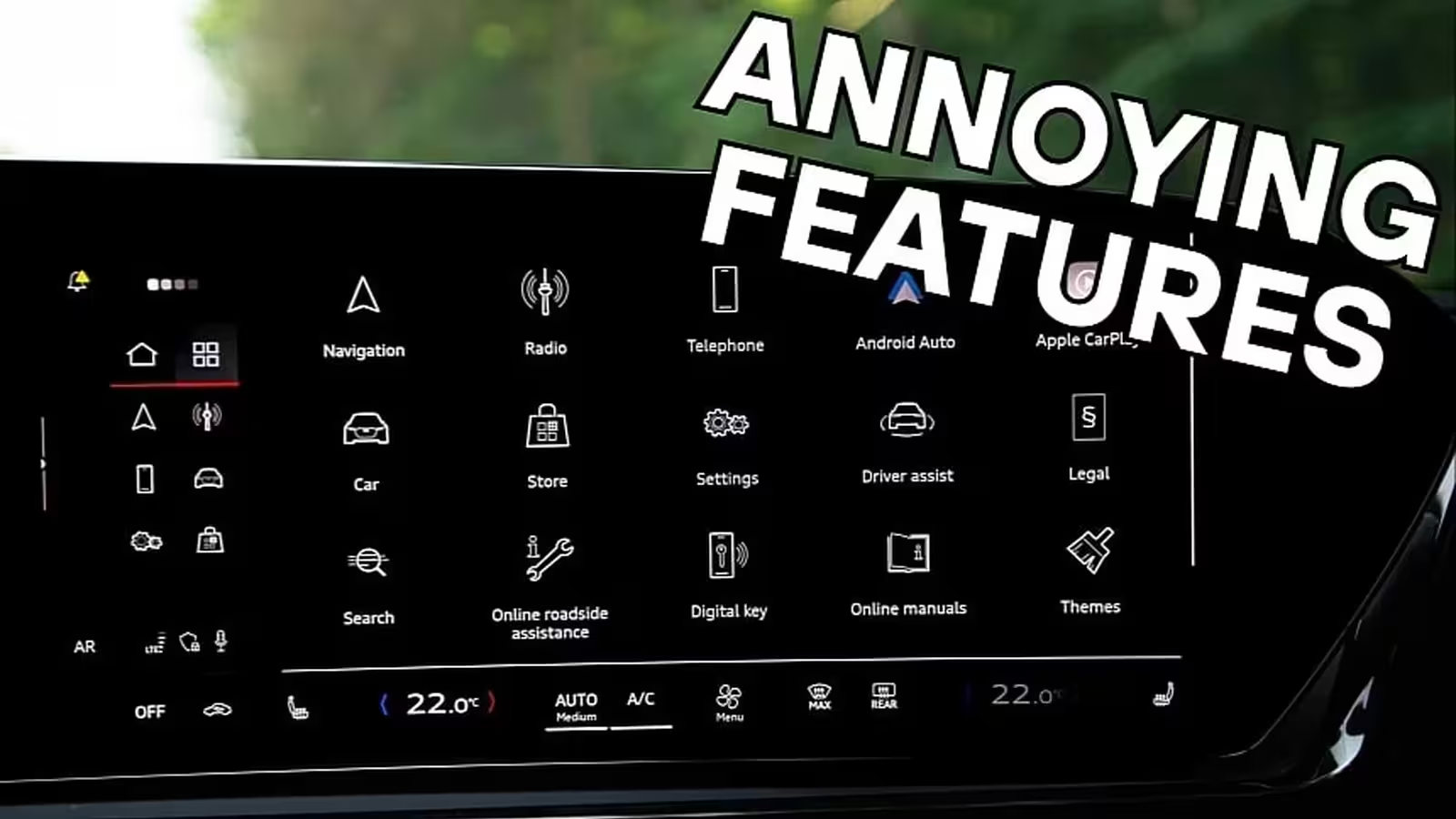5 Minutes
If you've ever been frustrated by in-car technology, you're not alone. A recent Tempcover survey involving 2,000 motorists reveals the most irritating features found in today’s vehicles—and surprisingly, Android Auto is not the worst offender. While smartphone connectivity and infotainment glitches are often cited by drivers, it's the sophisticated lane assist system that tops the list of complaints.
Lane Assist Leads the List of Most Annoying Car Features
Many drivers find lane assist systems more frustrating than helpful. According to the survey, 22% of respondents named lane assist as the most annoying car feature currently available. While designed to improve safety by gently nudging the car back into its lane, these systems can be overly sensitive and intrusive, leaving drivers feeling out of control rather than supported.
Voice Recognition and Tech Subscriptions Follow Close Behind
Voice recognition technology ranks second in terms of driver dissatisfaction, with 17% expressing their discontent. The inconsistencies of both Google Assistant and Apple Siri integrated in Android Auto and Apple CarPlay have made seamless voice control more of a wish than a reality. Manufacturers’ native solutions aren’t faring much better. Many drivers hope next-gen AI-powered systems, such as Google Gemini and the revamped Siri, will finally deliver the reliable voice command experience the automotive industry has promised for years.
Subscription-based car features claim the third spot. As automakers, notably GM, push for paywalled extras, many drivers are growing frustrated with having to pay ongoing fees for features they feel should come standard. Automatic start/stop functions, disliked by 14% of surveyed drivers, show that not all advancements in fuel economy are welcomed. Touchscreens, too, divided opinion, with 13% calling them more of a nuisance than a convenience, due in part to their potential for distraction and the increased risk of taking eyes off the road.
What Features Do Drivers Actually Want?
While Apple touts CarPlay as a must-have feature for almost 80% of new vehicle buyers, the survey unveils a different reality. In fact, 42% of respondents say they wouldn't buy a car without basic creature comforts like air conditioning. Parking sensors are the next most-cherished feature, followed by back-up cameras, adaptive cruise control, and speed limit notification systems.
Classic Features Drivers Wish Would Return
As new cars become packed with advanced technology, some classic features are becoming rare—or relegated to the options list. Full-size spare wheels, once a standard, have been replaced by compact repair kits to make room and save weight, yet many drivers express a willingness to pay more to bring back a real spare tire. The physical feedback and reliability of manual handbrakes, as opposed to electronic parking brakes, also remain highly valued among enthusiasts. Simple tactile buttons and fewer driving assists are often requested by those nostalgic for older, more mechanical cars.
In-Depth: Design, Performance, and Market Positioning
Manufacturers face a delicate balancing act in integrating advanced automotive technology without overwhelming drivers. Features like built-in sat-nav systems are often seen as confusing or distracting, unless enhanced by real-time traffic data—something now deemed essential by most drivers. The industry push toward touchscreen-based controls and digital interfaces is intended to modernize vehicle interiors, but it often comes at the expense of user-friendliness. Meanwhile, automakers are looking to stand out in a crowded market with high-tech features, but risk alienating customers with paywalled essentials and overcomplicated systems.
Comparisons and Final Thoughts
Compared with the analogue simplicity of past decades, today’s cars offer unmatched potential for comfort, safety, and personalization. However, over 60% of survey participants agree that technological advances can be both confusing and overwhelming. Despite this, 58% acknowledge that modern features do improve the overall driving experience. Carmakers aiming for the perfect balance should carefully choose which innovations to deliver as standard—and which belong behind a paywall. For drivers, it’s wise to focus on must-have features and avoid unnecessary subscription costs whenever possible.
The automotive landscape continues to evolve rapidly, but one lesson is clear: innovation should always serve the driver.
Source: autoevolution


Leave a Comment